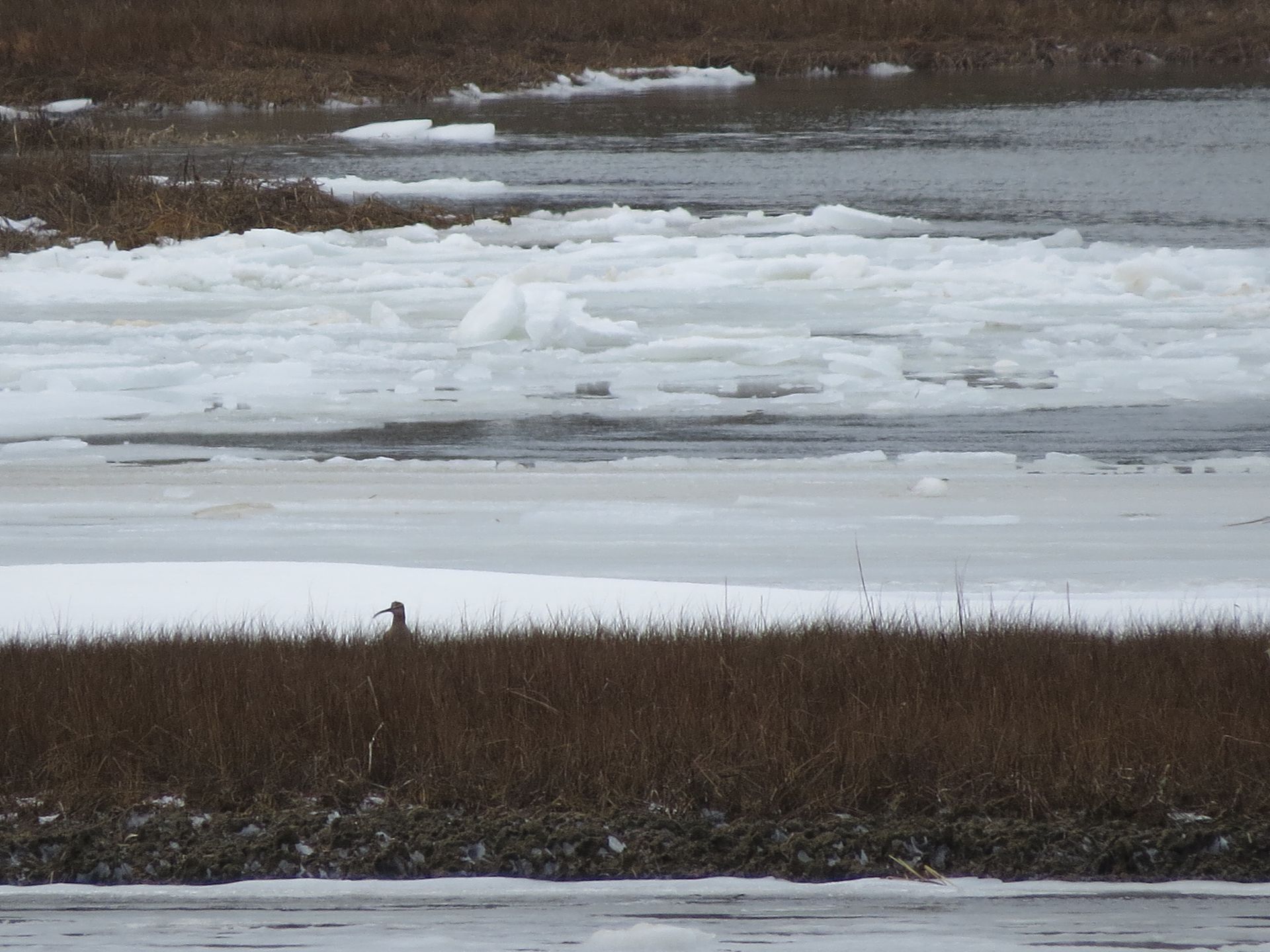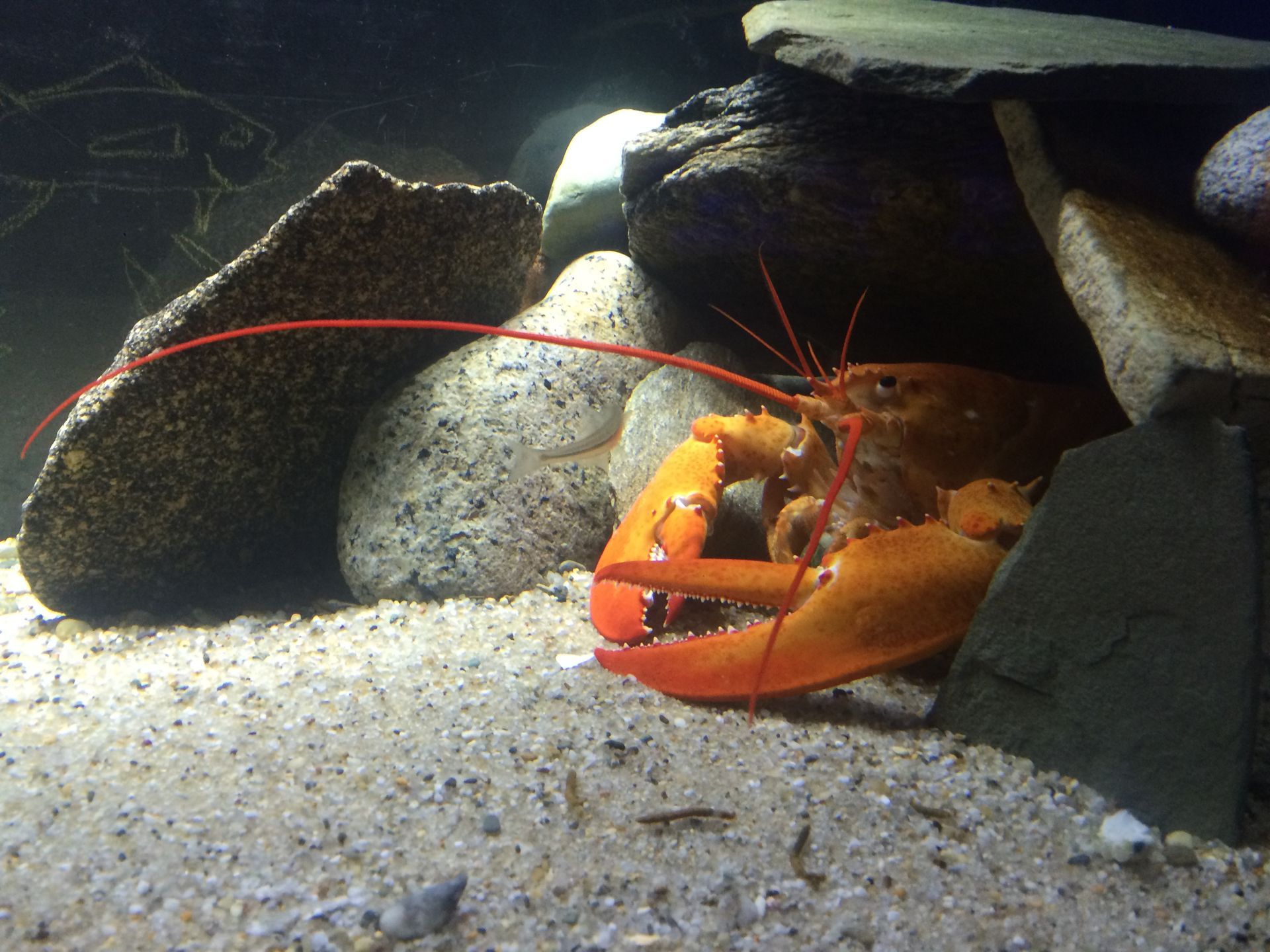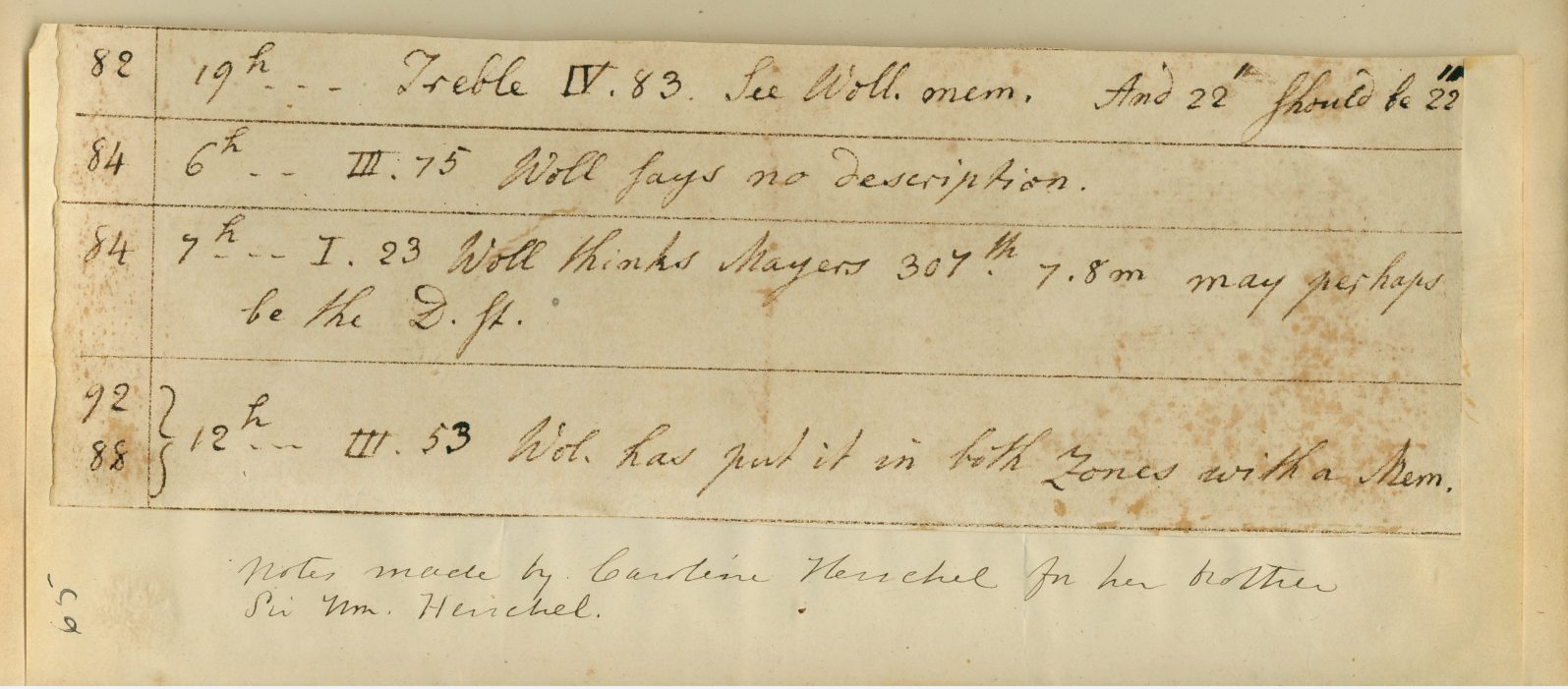Keep Calm and Bird On: January 2024
“If you don’t look, you don’t see. You have to go and look.”
-Edith Andrews

Winter birding? For die-hard birders, it’s a no-brainer. Of course we want to look at birds in the winter! That’s the best time! Undistracted by summer hordes, birds enjoy the extra space, not to mention peace and quiet, that winter brings. And the cast of characters we see in winter is as different from the summer regulars, as lolling half naked on a towel is from the winter coat, gloves, headgear, boots, etc. that we put on to keep frostbite away.
For winter comfort, forget fleece. Layer wool. Insist on wind and water proof, emphasis on proof. It takes a serious commitment on the part of a manufacturer to produce functional clothing, and most can’t be bothered. Let’s face it, most so-called winter garb favors appearance over comfort and is designed to only cover the thirty seconds between the car and the door. But assuming one has already heeded the Irish maxim, “There’s no bad weather, just improper dressing,” there are still a few useful extra tips. One is to find a lee. Try a beach with the wind off-shore that day. Get on the lee side of a dune, a tree, a building. Or park in such a way that the car blocks the wind.
This makes it easier to enjoy the White-winged Gulls, alcids such as Razorbills, two species of Loons, three species of Scoters, or Harlequin, Common Eider, or Long-tailed Ducks. Red-necked or Horned Grebes in salt water, Pied-billed in fresh; the ubiquitous Buffleheads; or Canvasbacks or Red-heads, American Wigeon or Coot: there is plenty to look at in the winter. Yellow-rumped Warblers will be with us as long as there are bayberries to eat, and a stray Palm or Orange-crowned Warbler may linger into January.
No matter where you go, Nantucket is still a wonderful spot for birds in any season.
Photo by Ginger Andrews
Recent Posts




